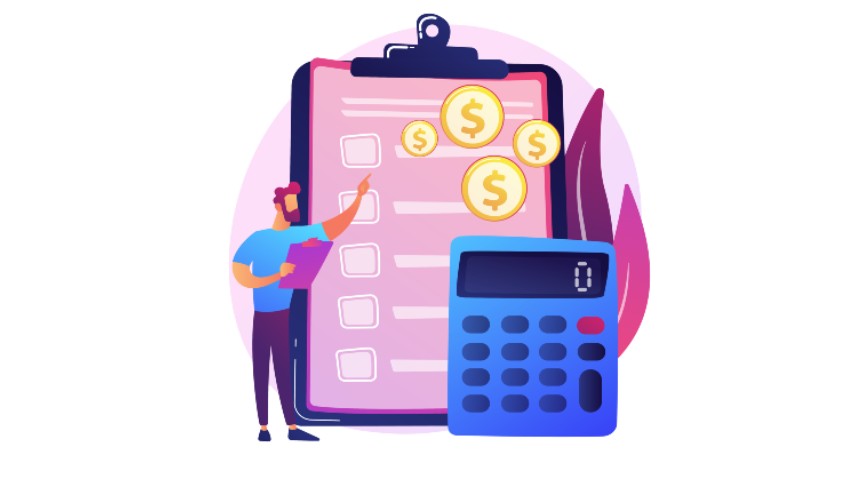How to Create a Business Budget
Most business owners know the value of a business budget in managing spending and making plans. Still, your budget assumes even more significance in the current economically hard climate.
Business owners need to be able to anticipate their cash flow, control their costs, and make plans because of the high inflation and the potential for a recession. The initial stage is to create a comprehensive corporate budget.
But before you concentrate on the budget, you must decide which areas of your company you want to grow. You’ll then be able to choose how to use your money. Your entering and outgoing financial flows will directly affect these goals.
A short-term objective could be to pay off debt or buy new equipment. Long-term objectives, like setting aside money for marketing costs, are essential because they are linked to the general expansion of your company.
How Does Budgeting For Business Work?
With a budget, you may make more prudent financial estimates for the future and more effective business decisions for the present. If you’ve had a few slow months and expect more, you can get ready to cut costs where you can. If business is thriving and you’re gaining new clients, you can invest in purchasing extra goods to meet the rising demand.
Although starting from scratch to create a company budget can seem laborious, you could already have access to resources to make the process easier. In QuickBooks Online, for example, you break down your expected income and expenses across each aspect of your business to establish a budget. The software then computes gross profit, net operating income, and net income for you.
Steps To Create a Good Business Budget
Calculate your monthly fixed costs.
When evaluating your expenses, separating them into fixed and variable costs is a good idea.
Fixed costs are fairly simple to determine. These are the consistent and recurrent expenses that must be paid every month for the business to function.
Fixed expenditures include office rent, insurance, credit card fees, and leasing the necessary equipment for your firm. Depending on the nature of your firm, fixed costs can be very large or cheap.
Knowing your fixed costs reveals the minimum required for your organization to survive. Investigating these costs and ensuring you’re getting the greatest bargain possible on each one is critical.
Check Industry Standards
There are similarities, but not all businesses are alike. As a result, do some research, browse the internet for industry statistics, and visit the Internal Money Service (IRS) website to obtain an estimate of what percentage of the money coming in will likely be allocated to cost categories.
Small businesses are more vulnerable to industry downturns than larger, more diverse competitors, making them more unpredictable. So, instead of looking for specifics, go for an average.
Predict one-time costs
Aside from your company’s permanent and variable costs, you must consider one-time expenses and factor them into your budget. These costs will be less frequent and more significant in the early stages of your business.
One-time expenses may include acquiring equipment rather than renting it. One-time costs include the purchase of basic office furnishings or purchasing a domain name for your website. Unexpected costs cannot always be anticipated in advance, which is why having an emergency fund is beneficial.
Estimate your revenue
Many firms have failed because they overestimated their earnings and borrowed more money to satisfy their operating needs. This defeats the purpose of setting a budget in the first place. Evaluating previously recorded revenue is a good idea to keep things realistic. Businesses must monitor income monthly and annualy.
The previous year’s income figures could be used as a starting point for the upcoming year. It is crucial to exclusively use empirical data. This can help you set attainable goals for your staff, which will ultimately help your business succeed.
Set up money for unforeseen expenses.
Remember to set aside additional funds when developing a business budget and plan for contingencies. Although you may be tempted to spend more on variable expenses, setting up an emergency fund is a good idea. By doing this, you’ll be ready to replace inventory that has been damaged unexpectedly or to repair malfunctioning equipment.
It’s time to establish your budget now that you’ve gathered all the information from the previous steps. After deducting your fixed and variable expenses from your income, you will have an estimate of how much money you have to work with. Prepare to deal with any unexpected one-time charges that may arise. You may then figure out how to put the money to work for you in the short and long term.
Budgeting is a critical procedure business owners use to anticipate current and future revenue and expenses. The goal is to have enough money to keep the business running, to grow the business, to compete, and to have a good emergency reserve.


Recent Comments